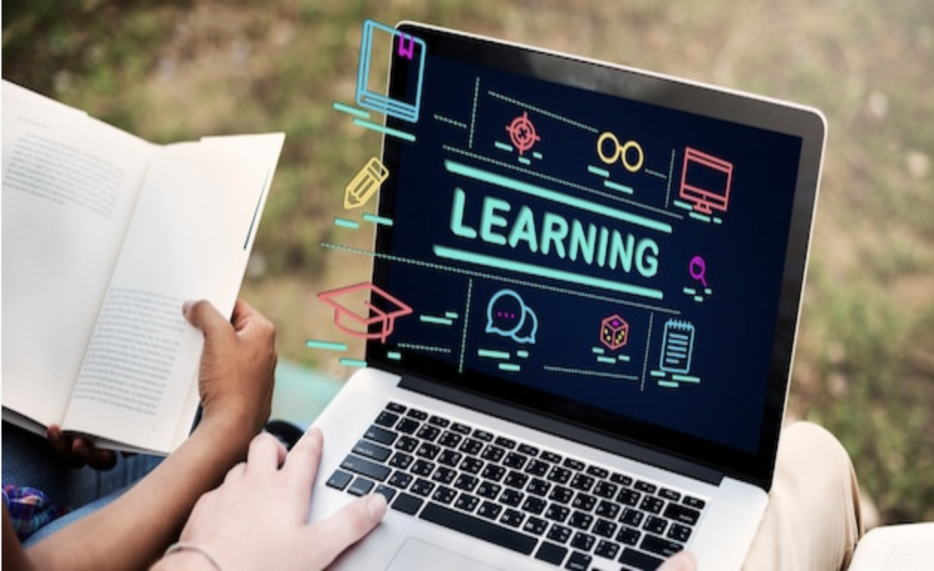Given that we are approaching the first quarter of 2022, this is an ideal moment to reflect on this year's eLearning trends. It's fascinating to consider the fallout from the unexpected 2021, especially in the eLearning sector. It is time to assess what has been accomplished and what the following months will bring.
Understandably, things change with time. Over the years, an increasing number of eLearning approaches have been established. Businesses must continually change to stay ahead of the competition since the industry adjusts to new technologies on a daily basis. As a result, the following are the major eLearning trends:
Also Read: U.S. Court Denies Facebook's Motion To Dismiss Antitrust Case
1) Mastery-Based Education
This is a trend in instructional design in which learners must show a high degree of comprehension of one subject or topic before going on to the next. This strategy is intended to guarantee that learners acquire information rather than just skip sections to complete the course quickly.
Mastery-based learning may flourish only if the following conditions are present:
- Objectives for learning that are precise and explicit
- Precise mastery thresholds indicate precisely what learners should know.
- Encourage learners to demonstrate their proficiency, for example, via quizzes and assessments.
- Teachers should be required to evaluate students' knowledge.
- Present the data
Numerous assessment tools are included in the Edly LMS to assist you in organising data and successfully using our platform to allow learners to achieve the greatest levels of mastery.
2) Communication Devices
Due to the prominence of Covid-19 in people's lives, the usage of online streaming services has increased. All modern learning management systems must be connected with these technologies to provide seamless communication between teachers and students.
As a result, the LMS's communication tools are critical. Edly's LMS includes all necessary communication capabilities, helping you to engage with learners successfully.
3) Tracking and Customization of Training
Organizations must constantly improve their decision-making in order to flourish in this environment, and there is little question that improved decision-making results from improved and more trustworthy data.
A well-organized LMS system enables employers to monitor their learners' progress through exam scores, course completion percentage, and other indicators, and to take appropriate action as needed. On an LMS, different training monitoring software is available that enables an organisation to:
- Assign employees to a training session
- Consider which members have successfully finished training.
- Provides a variety of training techniques
- Recognize when training should be redone
4) Emerging Technologies: Artificial Intelligence, Virtual Reality
The way we deal with all of the information is determined by the new technology brought into the globe. Among the components of this emerging technology are the areas of Artificial Intelligence (AI) and Virtual Reality (VR).
AI is the betterment of computer systems to the point where computers can do jobs normally performed by human intellect. AI plays an important part in LMS systems since it can quickly lead learners to resources depending on their deficiencies.
On the other hand, virtual reality refers to activities that take place totally inside a digital world. By using an LMS, learners may get hands-on experience and go through scenarios without requiring physical/on-the-job training.
5) Micro-education
Microlearning is a term that refers to the gradual development of a complex ability via the use of little bits and pieces of knowledge. This may be accomplished by offering brief modules with movies lasting no more than 5-10 minutes. This strategy engages the student and eliminates the issue of distracted or bored learners.
Microlearning is also very popular with Millenials and Gen Z learners since it fosters active engagement and retention via the delivery of highly tailored material.
Also Read: Top Tech Trends In 2022
6) Creation and Curation of Content
One of the most difficult factors of managing an online learning platform is ensuring that learners have access to high-quality, relevant material that aids in knowledge retention.
As a result, content curation is just as critical as content creation. Slashdot is a well-known example of content curation. This website contains excerpts from news items and some analysis on why the material is noteworthy.
Content curation may assist learners to anticipate the flow of a course by rationally organising the content online. Additionally, learners will believe that the course is credible since it includes connections to internet resources, enhancing the credibility of an organization's eLearning courses.
7) Game-playing
For decades, video games have been dubbed the most addictive form of entertainment, and with good reason. By incorporating game concepts and engaging aesthetics into non-game contexts such as LMS platforms, you may boost engagement and drive learners to cooperate and interact more.
The gamification sector is booming and is predicted to reach USD 38.42 million by 2026, growing at a 25.10 per cent compound annual growth rate between 2021 and 2026.
Not only can engagement with gaming mechanics benefit an organization's eLearning requirements, but it may also give analytical data that can be used to drive marketing efforts and assist achieve performance objectives.
Featured image: Technology photo created by rawpixel.com - www.freepik.com
Subscribe to Whitepapers.online to learn about new updates and changes made by tech giants that affect health, marketing, business, and other fields. Also, if you like our content, please share on social media platforms like Facebook, WhatsApp, Twitter, and more.

